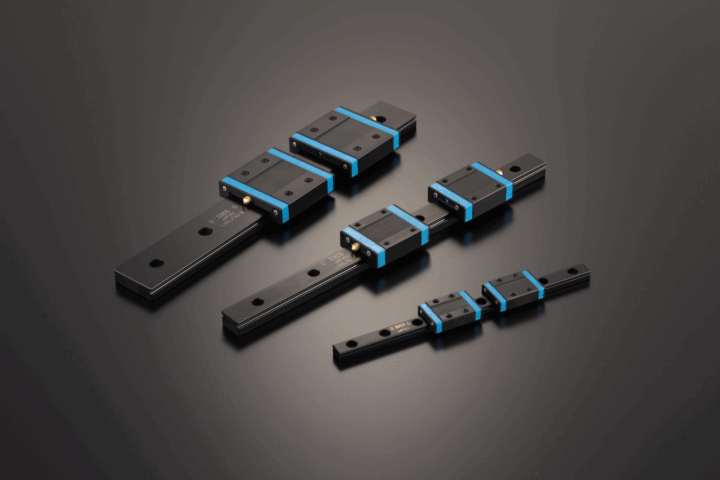In space, if a single component fails oftentimes the entire system fails. Unlike many ground-based applications, there is no swapping out a defective component on missions that may take years to reach their intended destination. Sending maintenance and repair personnel to address an issue is prohibitive, so everything that goes into space must be designed for life from the beginning. This blog post — the second in our series on motion components for space — will review some important features to look for during component selection.
Component manufacturers continue to make great advances in creating ever-shrinking, lightweight products that make efficient use of space and are economically attractive. When you can find these characteristics in mission-proven components, you’ll have a good foundation to begin optimizing and specifying them for space applications. Keep these considerations in mind:
- Linear bearings. Make sure your linear guide materials have metallurgical properties that deliver smooth, accurate motion with good rigidity. This is why, for example, IKO linear guides have proven successful in a variety of space applications from autonomous exploration vehicles to the Mars rovers. One particular miniature stainless steel guide — the LWL2 Series — has a mere 2-millimeter track width and a slide unit width of just 5 millimeters.
- Mechatronics and positioning stages. Linear motor and ball screw positioning stages are continually shrinking in size. Many feature compact and lightweight driving mechanisms, low sectional heights and narrow widths for tight installations in space systems.
- Crossed roller bearings. An orthogonal arrangement of rollers that make good contact with the raceway gives crossed roller bearings effective rotational accuracy in a compact size for space-constrained designs. They can be easily modified to withstand vacuums and low temperatures aboard spacecraft.
- Spherical plain bearings. Despite their simple design, spherical bearings are well-suited for sophisticated space applications, such as in the pads that stabilize and reposition rocket boosters that are caught by a launch tower’s mechanical arms.
Out-Of-This World Products and Support
In the ever-growing and diversifying space industry, there are many component suppliers to choose from. That’s why it’s important to distinguish a motion component specialist who provides innovative products that will deliver a long lifetime of reliability in space. At IKO, we offer a broad lineup of standard products that make a great starting point for creating an ideal spacebound part. And when you partner with us early in the selection process, we can bring to the project a wealth of space application knowledge, machining and materials availability, coating expertise and development know-how to ensure your final product performs as intended for the lifetime of the mission.
You can read Part 1 of our series here. For more information, please visit www.ikont.com.



